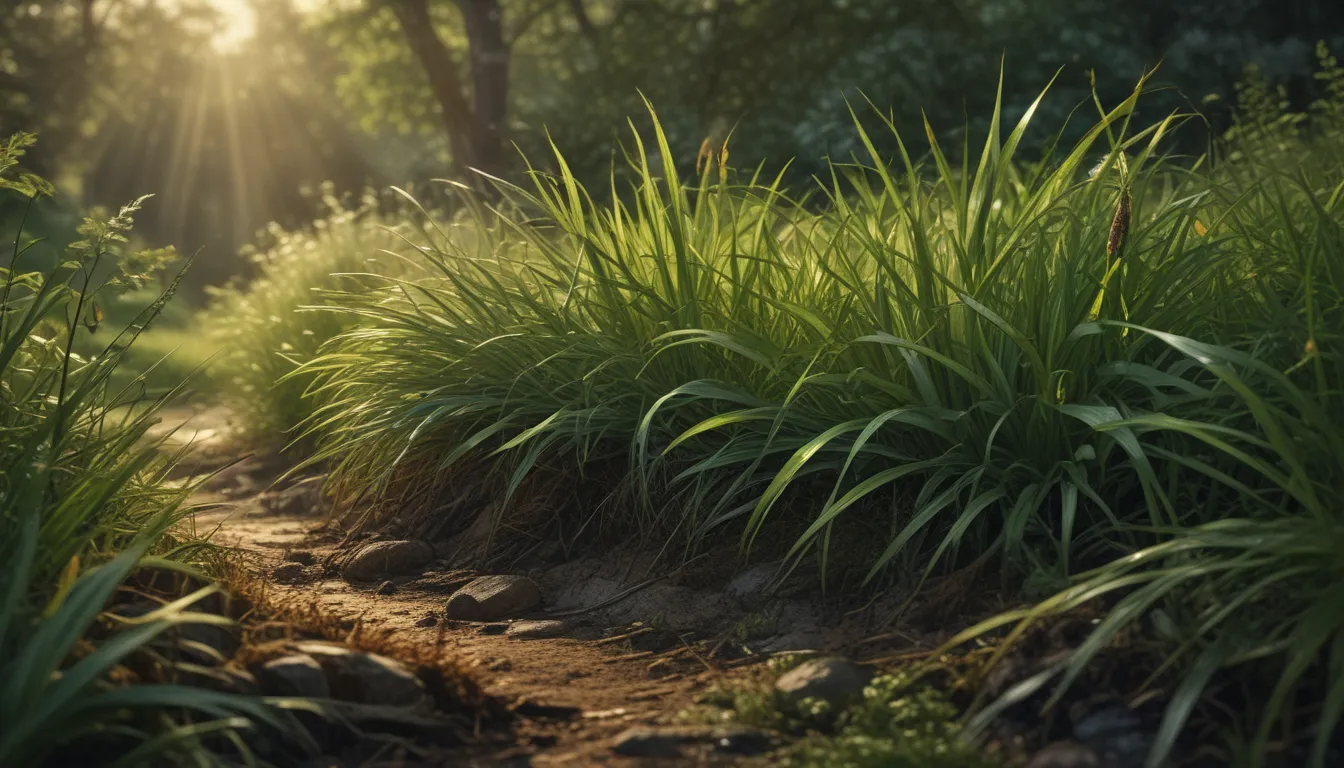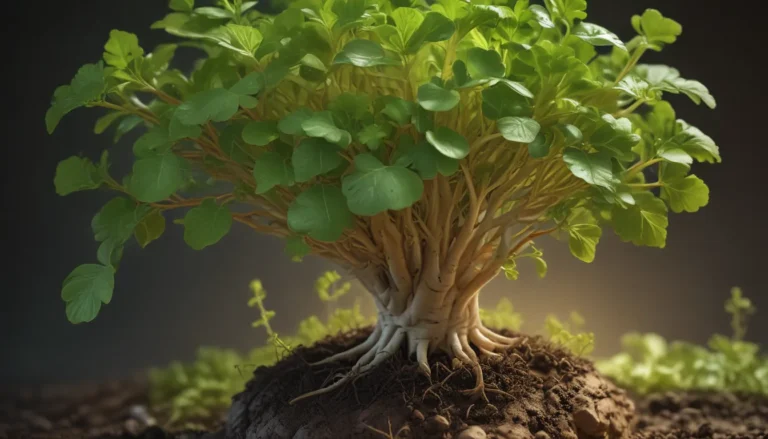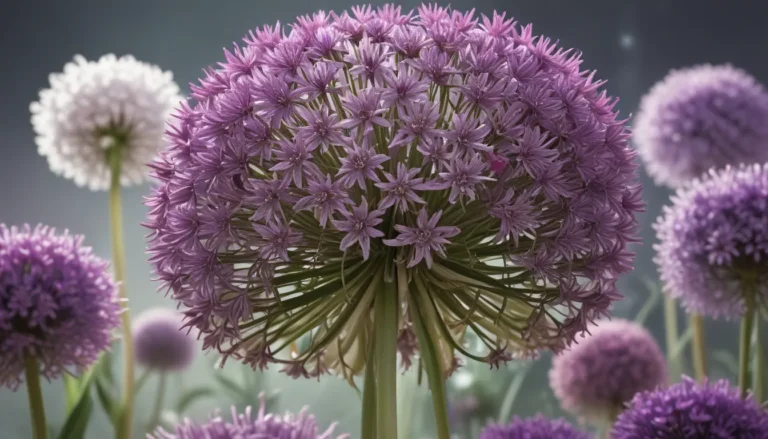The pictures we use in our articles might not show exactly what the words say. We choose these pictures to make you interested in reading more. The pictures work together with the words but don’t take their place. The words still tell you the important facts.
Carex, also known as sedges, are a diverse group of plants that belong to the Cyperaceae family. With over 2,000 species distributed across the globe, Carex can be found in a wide range of habitats, from wetlands to woodlands and alpine regions. These versatile plants have evolved various adaptations to thrive in different conditions, making them a popular choice for gardeners and plant enthusiasts. In this article, we will delve into the captivating world of Carex and explore 10 interesting facts that will deepen your appreciation for these remarkable plants.
Carex: A Versatile and Diverse Genus
Carex, commonly known as sedge, is a genus of flowering plants that belongs to the family Cyperaceae. With over 2,000 known species, Carex is one of the largest genera of flowering plants on Earth. This diversity allows Carex to adapt and thrive in various habitats and climates, making it a fascinating group of plants to explore.
The Wide Range of Sizes and Shapes
Carex plants exhibit a wide range of sizes and shapes, from small, tufted grass-like plants to tall, robust species. This diversity enables them to thrive in different environments and fulfill various ecological roles. Whether you prefer compact ground covers or statuesque accents, Carex offers a plant for every purpose.
Found Across the Globe
Carex can be found on almost every continent except Antarctica, showcasing its global distribution. From wetlands and meadows to woodlands and high-altitude regions, Carex plays a crucial role in ecosystem stability and provides habitat for a diverse array of animal species. Its adaptability and resilience make it a valuable addition to any landscape.
A Vital Food Source for Wildlife
Carex serves as an important food source for many animals, including waterfowl, songbirds, mammals, and aquatic organisms. The seeds, rhizomes, and foliage of Carex plants provide essential nutrients and energy for these creatures, highlighting its ecological significance in supporting wildlife populations.
Medicinal Properties of Carex
Certain species of Carex have been utilized in traditional medicine for centuries due to their medicinal properties. From anti-inflammatory to antifungal traits, Carex plants offer a variety of health benefits. Exploring the therapeutic potential of Carex can deepen our understanding of the plant's role in traditional healing practices.
Landscaping and Gardening Uses
The diverse shapes and textures of Carex plants make them popular choices for landscaping and gardening projects. Whether used as ground covers, ornamental grasses, or accent plants, Carex adds visual interest and texture to gardens and borders. Their adaptability and aesthetic appeal make them a versatile option for various landscaping designs.
Soil Conservation and Erosion Control
Carex plays a vital role in soil conservation and erosion control, particularly in wetland areas. The dense root systems of Carex plants stabilize soils, prevent erosion, and act as natural filters, improving water quality. By incorporating Carex into landscaping projects, individuals can contribute to sustainable soil management and environmental conservation.
Low-Maintenance Planting Option
Many Carex species are known for their low-maintenance requirements, making them a practical choice for landscaping projects. Drought-tolerant, deer-resistant, and adaptable to various soil conditions, Carex plants thrive with minimal intervention, offering a sustainable and eco-friendly landscaping solution.
Propagation Through Division
Carex plants can be propagated through division, allowing gardeners to create new plants and expand their collection. By splitting plant clumps into multiple sections and replanting them, individuals can propagate Carex efficiently and increase the presence of these versatile plants in their gardens.
Sustainable Landscaping Choice
The environmentally-friendly nature of Carex makes it a sustainable choice for eco-friendly landscaping projects. By providing habitat, conserving soil, and requiring minimal maintenance, Carex contributes to biodiversity conservation and promotes sustainable landscaping practices. Incorporating Carex into gardens and landscapes can enhance ecological balance and support wildlife populations.
In conclusion, Carex is a fascinating genus of plants that offers a wide range of benefits and uses, from landscaping to traditional medicine. Its adaptability, resilience, and ecological importance make it a valuable addition to any garden or natural area. By exploring the diverse features and benefits of Carex, we can deepen our appreciation for these remarkable plants and their contributions to the environment.
FAQs About Carex Plants
- Common Care Tips for Carex Plants
- Carex plants prefer moist soil and partial shade.
- Keep the soil consistently damp but not flooded.
- Mulching helps retain moisture and control weeds.
-
Remove dead foliage regularly for healthier growth.
-
Growing Carex Plants Indoors
- Certain Carex varieties can thrive indoors.
- Select varieties suited for lower light conditions.
- Provide well-draining soil and regular watering.
-
Maintain humidity levels with occasional misting.
-
Deer-Resistance of Carex Plants
- Carex plants are typically resistant to deer browsing.
- Their tough foliage is less appealing to deer.
-
Ideal for gardens in areas with deer populations.
-
Suitability of Carex Plants for Aquatic Environments
- Many Carex species thrive in or around water.
- Plant along pond edges for soil erosion control.
-
Provide habitat for aquatic wildlife.
-
Use of Carex Plants in Landscaping Projects
- Versatile for ground covers, borders, and mass plantings.
- Add texture and visual interest to gardens and landscapes.
- Suitable for various landscaping designs.
Embark on a journey through the fascinating world of Carex and discover the beauty and benefits of these remarkable plants. With their adaptability, aesthetic appeal, and ecological importance, Carex plants continue to captivate both plant enthusiasts and nature lovers worldwide. Explore the diverse uses and features of Carex in your gardening and landscaping endeavors to create sustainable and vibrant outdoor spaces.






